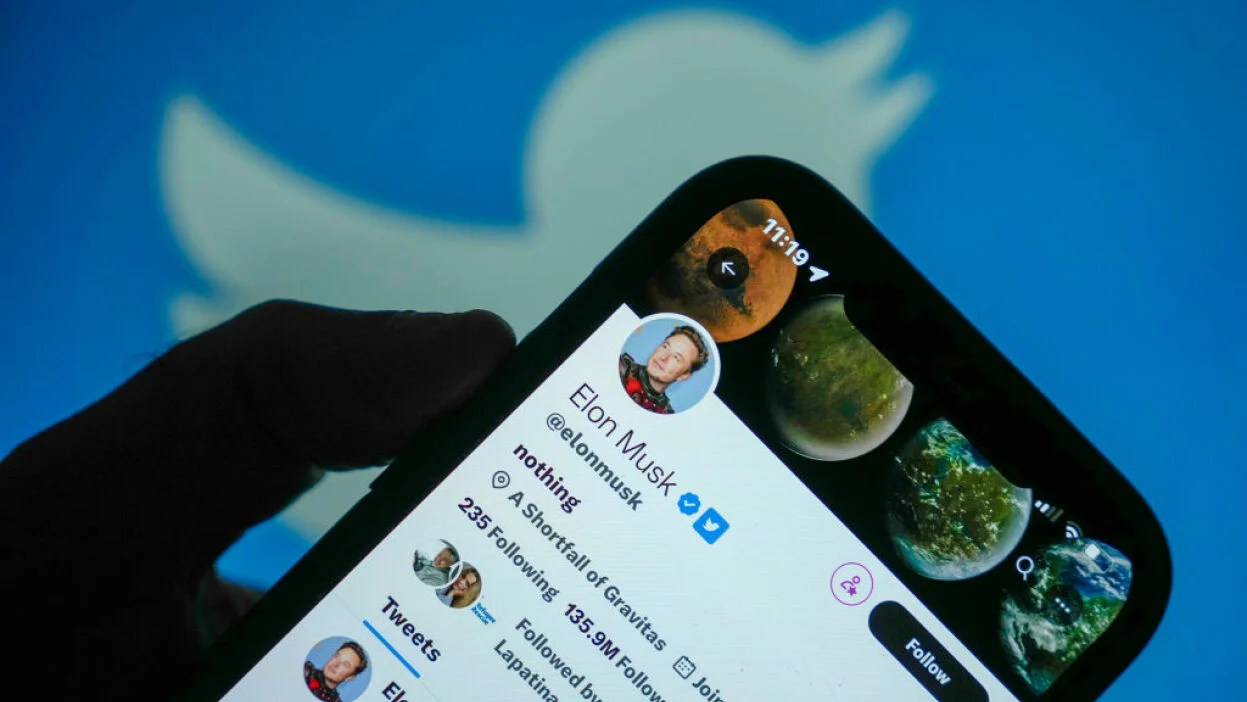An Unexpected Logoff: Twitter Users’ Experience
We recently encountered a surprising event as some Twitter users were inexplicably logged off from the desktop version of the social media platform. One minute, they were scrolling through their Twitter feeds, retweeting, liking posts, and engaging in trending conversations. The next, they found themselves unexpectedly logged out, puzzling over what could have triggered this abrupt exit.
The Scale and Impact of the Logout Issue
The impact of this sudden logoff was not limited to a few users. Instead, it quickly became a widespread issue affecting many of Twitter’s 330 million monthly active users. As users tried to log back into their accounts, they were often met with error messages, causing increased frustration and decreased user experience quality.
Analyzing the Potential Causes
In light of this unexpected event, we have delved into the possible reasons behind the mass logoff. It’s crucial to consider the potential causes despite Twitter not publicly acknowledging the incident or providing an explanation.
Firstly, the logoff could result from updates or maintenance work on the platform. Social media platforms frequently update their systems to improve user experience, security, and functionality. Occasionally, these updates may result in temporary glitches.
Secondly, we cannot ignore the potential for a cybersecurity breach. In the past, platforms have faced issues due to hacking attempts or data breaches. While there’s no evidence to suggest this is the case here, it remains a potential cause until Twitter provides further information.
The Ramifications for Twitter
As a social media giant, Twitter relies heavily on its user base’s engagement. Any disturbance to this, such as the mass logoff incident, can impact the platform significantly. It may lead to a temporary decrease in active users or engagement rates, affecting Twitter’s ad revenues.
An unexplained mass logoff can also shake users’ trust in the platform’s stability and security. Twitter must address this issue promptly and transparently to maintain its users’ trust and confidence.
Moving Forward: What Users and Twitter Can Do
While we await an official explanation from Twitter, users can take steps to protect their accounts. Regularly updating passwords, enabling two-factor authentication, and being vigilant about potential phishing attempts are all practical measures.
For Twitter, transparency is key. Acknowledging the issue and communicating effectively with the user base can go a long way in restoring trust. Additionally, any necessary steps to prevent a similar occurrence will be paramount.
As we move forward, we’ll closely observe Twitter’s response to this issue and its implications on the broader social media landscape.
A History of Tech Glitches: Not a Lone Event
The unexpected logoff from Twitter’s desktop version is not an isolated case in technology. Over the years, we’ve witnessed various platforms, including Facebook, Instagram, and Reddit, undergo unexpected shutdowns and glitches, often leaving users temporarily locked out.
In these instances, the causes ranged from routine maintenance gone awry to major server crashes, sometimes even cyber attacks. These events underline the importance of robust digital infrastructure and stringent security measures in the rapidly evolving digital landscape.
The Role of Customer Support during Tech Glitches
When an unexpected event, such as a mass logoff, occurs, customer support becomes pivotal. Users look to customer service for immediate assistance and clear communication. An efficient and empathetic customer support system can greatly mitigate user frustration and maintain the platform’s reputation during crises.
For Twitter, and any other platform facing similar issues, the customer support team needs to be prepared to handle a surge in queries, provide timely updates, and reassure users. In contrast, the technical team works on resolving the problem.
Cybersecurity in the Age of Social Media
In an era where our lives are significantly intertwined with social media, the security of these platforms cannot be overstated. A potential threat could lead to the compromise of personal data for millions of users. As such, continuous efforts to enhance cybersecurity measures are vital.
Users, on their part, should stay informed about best practices to protect their accounts. These include not just password changes and two-factor authentication but also awareness about cyber threats and how to avoid them.
Concluding Thoughts: A Lesson for the Digital World
This incident serves as a reminder of the vulnerabilities inherent in our digital world. As we increasingly rely on social media and other online platforms for communication, business, and entertainment, the stability and security of these platforms have become integral to our digital lives.
